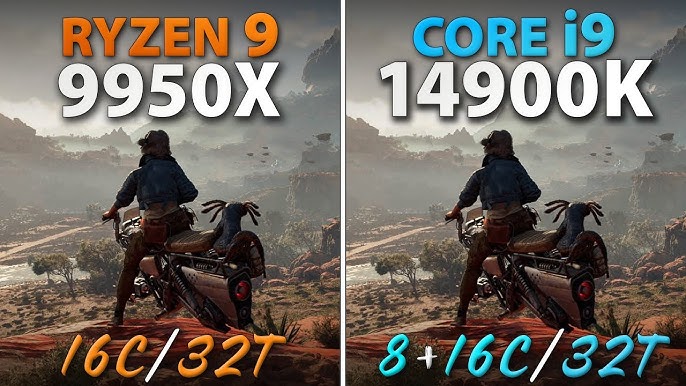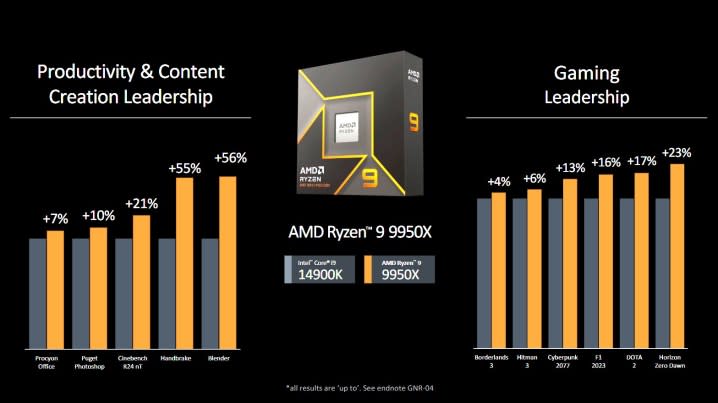As expected, AMD introduced a new mobile APU with Zen 3+ cores and RDNA 2 graphics, and in addition to them, it also prepared other graphics card models with 6nm chips, and
we will see more in the case of desktops.
As usual, AMD was represented at CES 2022 by Lisa Su, who again began to talk about how we are experiencing the most interesting times ever in terms of hardware development and how we can find her company’s products in so many different devices.
But then came the new mobile APU Ryzen 6000 produced by 6nm technology from TSMC, which are based on Zen 3+ cores, LPDDR5 / DDR5 support, and finally have modern RDNA 2 graphics instead of Vega. We have to see higher performance of the CPU cores themselves, but we may have been curious about how integrated graphics will turn out.
So far, only an indeterminate graph has been shown comparing the iGPU in the Ryzen 7 6800U with the Core i7-1165G7 and the GeForce MX450 graphics, while compared to the iGPU in Intel it can be four times or even a fifth higher performance depending on the specific game. It will definitely want more detailed tests. Further performance gains can also be provided by FSR support (half the FPS in Far Cry 6), which will allow the APU to play even more demanding titles (1080p, medium, or lower detail) at 60 FPS.
Laptops with Ryzena 6000 will be available from February and there will be a choice of 20 new models of these APUs.
Furthermore, new mobile graphics cards were introduced, which we have already mentioned today in a separate update. Thus, the new models marked S, which are designed for thin notebooks, were confirmed, ie they are more economical, but also weaker versions. Then there’s the Radeon RX 6850M XT, which is set to be 7 percent more powerful than the most powerful mobile Radeon RX 6800M yet, plus another new 7nm version, and finally the aforementioned Navi 24, a brand new weaker 6nm GPU for the RX 6500M and RX 6300M.

Then we have the desktop Radeon RX 6500 XT, probably also with Navi 24, which will offer 16 CUs, 16 MB Infinity Cache, and 2.6 GHz Game Clock, which is similar to the mobile Radeon RX 6500M. This card will be on the market from January 19 for a recommended $ 199, but we did not learn anything about the card’s memory system, and we would definitely expect 8 GB for this price. But no, it will only be 4 GB.
Finally, we also have the already mentioned Ryzen 7 5800X3D, which will be equipped with 64 MB of V-Cache memory, which will increase the capacity of its total L3 cache to 96 MB. However, at the same TDP as the Ryzen 7 5800X, the beats are reduced from 3.8 to 4.7 GHz to 3.4 to 4.5 GHz. It will be supported on 500 and 400 series chipset boards.
This processor is designed primarily for gamers and promises an average 15% higher framerate in 1080p than the Ryzen 9 5900X and compared to the Core i9-12900K it will be according to AMD up to 17% more FPS, or a slight decrease.
So in the case of V-Cache and the Ryzens, AMD is really just a game so far, and only one processor from the Zen 3 generation is going to use it, and it won’t come on the market until sometime in the spring. Then it’s time for the 5nm Zen 4.
Lisa then just showed a sample of Zen 4, repeated well-known things (AM5, DDR5) and demonstrated it in action, but without any other interesting facts or information.







